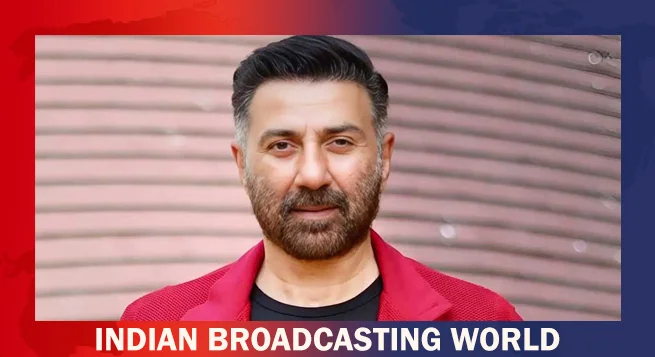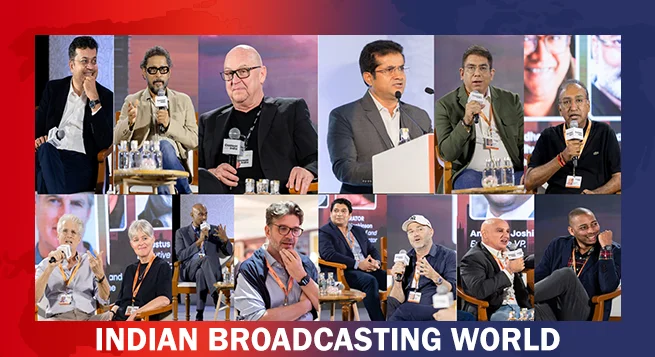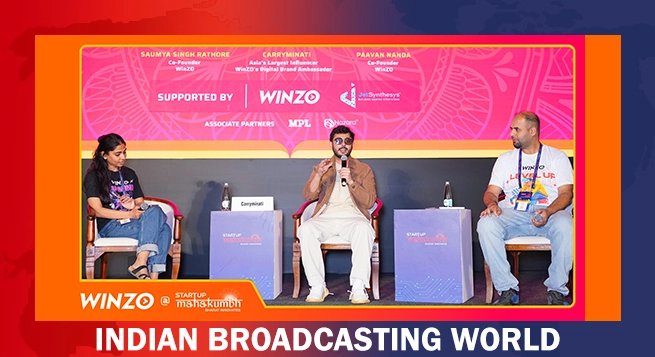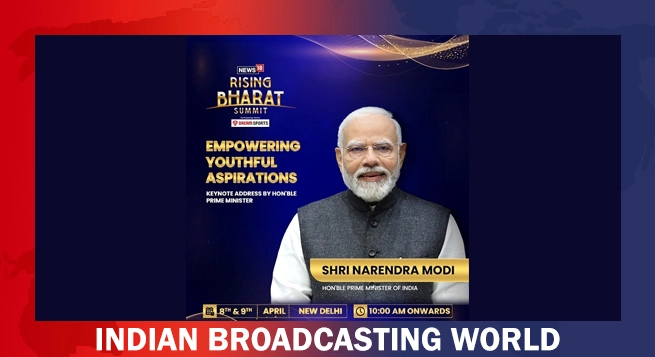More than a third of internet users are unaware that online content might be false or biased, according to a new Ofcom research.
It reveals that 30 percent of UK adults who go online (14.5 million) are unsure about, or don’t even consider, the truthfulness of online information. A further 6 percent – around one in every twenty internet users – believe everything they see online.
Misinformation can spread quickly on social media platforms. More than four in ten adults say they have seen a story on social media that looked deliberately untrue or misleading in the last year, the British regulator has said in a statement.
Although seven in 10 adults (69 percent) said they were confident in identifying misinformation, only two in 10 (22 percent) were able to correctly identify the tell-tale signs of a genuine post, without making mistakes. Ofcom saw a similar pattern among older children aged 12-17 (74 percent confident but only 11 percent able).
The reports reveal an unfiltered picture of the lives of people in the UK online. Other themes emerging in this year’s research include:
- Multiscreening TikTots: TikTok is growing in popularity, even among the youngest age groups. The popularity of short-form content could also be linked to multi-screening, with more children reporting difficulties in focusing on a single online activity.
- Concealing life online: Many children could be tactically using other accounts or ‘finstas’ – fake Instagrams – to conceal aspects of their online lives from parents.
- Scrolling over sharing: both adults (88 percent) and children (91 percent) are becoming more passive online; and are three times as likely to watch videos online, than to post their own content.
- Social Samaritans: Young digital natives, who have never known life without the internet, are sharing their technical skills and supporting others. They’re also increasingly using the internet as a means of supporting their own wellbeing.
- Internet as a commercial landscape: Nine in ten children aged 12-17 were confident that they could recognise advertising online, but less than four in ten (37 percent) correctly identified the links at the top of a search engine page as sponsored ads.
- Seven in ten children aged 12-17 were able to correctly identify that an influencer was promoting a product because of a paid partnership; of these 42 percent stated this as the only reason, with the remainder suggesting it was due to other reasons such as the influencer simply liking the product.
(Photo courtesy Ofcom website)
 Sunny Deol says ready for fresh starts with streaming projects
Sunny Deol says ready for fresh starts with streaming projects  Sudhir Chaudhary steps down from Aaj Tak, begins new chapter with DD News
Sudhir Chaudhary steps down from Aaj Tak, begins new chapter with DD News  Dish TV’s Content Summit brings global spotlight to Indian M&E
Dish TV’s Content Summit brings global spotlight to Indian M&E  Rahul Kanwal quits TVTN; rumoured to be joining NDTV group
Rahul Kanwal quits TVTN; rumoured to be joining NDTV group  Esports to make debut at Khelo India Youth Games 2025
Esports to make debut at Khelo India Youth Games 2025  WWE enters ‘Netflix Era’ with new ad film
WWE enters ‘Netflix Era’ with new ad film  WinZO celebrates creator economy, felicitates gaming influencers, developers
WinZO celebrates creator economy, felicitates gaming influencers, developers  PM Modi to deliver keynote at News18 Rising Bharat Summit 2025
PM Modi to deliver keynote at News18 Rising Bharat Summit 2025  BrandPulse decodes evolving consumer sustainability behaviours
BrandPulse decodes evolving consumer sustainability behaviours 








